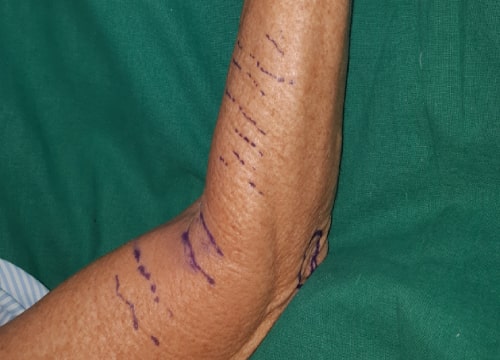
Facts About Fat Grafting
- Dr Shraddha Deshpande
- October 24, 2019
Fat is usually considered an unwanted part of our body and many of us just want to get rid of it. But this store of fat in our body when used judiciously can work wonders in enhancing certain areas of our body and correcting contour abnormalities. Yes, you have heard it right! Here, we tell you what fat grafting is all about.
What is fat grafting?
The technique of harvesting fat from one’s own body and using it to enhance or correct some other part of the body is called fat grafting. This technique has been known to plastic surgeons for decades. However, newer technologies and refined techniques have made this much more predictable allowing a wide range of applications in recent times. Fat actually, is the closest to the ideal filler because it is readily available; easily obtainable, with low donor-site morbidity; repeatable; inexpensive; versatile, and biocompatible.
This is how fat grafting can be helpful in correcting deformities
Fat can be used to correct contour deformities on the face due to accidental injuries, improve the appearance of scars and also for facial rejuvenation. Furthermore, it can enhance the appearance of lines and wrinkles over the forearms and hands. As opposed to using fillers, this is a permanent procedure and need not be repeated every 2 years. Likewise, large volume fat grafting can be used for enhancing breasts or buttocks, while at the same time slimming the waist and thighs to give an hour-glass appearance.
Everything you need to know about the technique
The technique involves the harvesting of fat from the body, commonly the lower abdomen and medial thighs as they are rich in adipose-derived stem cells. The fat is then allowed to sediment and is centrifuged to allow separation of fluid and oil from the extract. This pure fat is injected in a specialised technique in the desired areas with the help of tiny cannulae.
The benefits of fat grafting
Virtually, no scars and no stitches are involved in this technique, so recovery is quick and hospital stay is minimal. Most procedures can be performed on an outpatient basis.
The complications
Bleeding at the surgical site, necrosis of the fat grafts or infection at the surgical site can occur, but they are usually self-limiting.
Post-procedure
Swelling in the operated area is expected, but it usually subsides within a week. The patient can resume his regular work in a couple of days to a weeks’ time depending on the amount of fat grafting done. Some amount of fat usually resorbs after the procedure and a stable result is obtained at the end of 6 months. At this point, if the patient desires, another procedure of fat grafting can be performed. However, most of the time, patients are satisfied by the result at the end of the first procedure. With the use of activated Growth Factor Concentrate, which is obtained from the patient’s own blood after processing it, we can further enhance the viability of our fat grafts.
